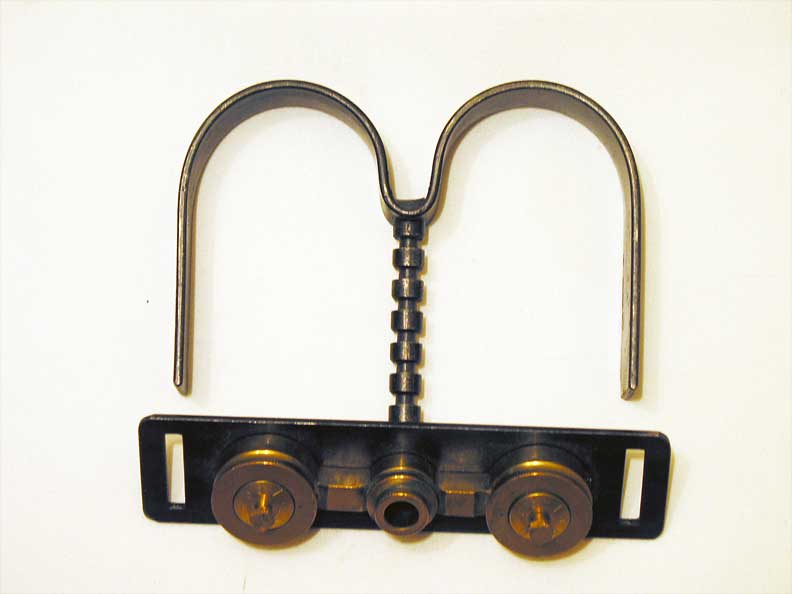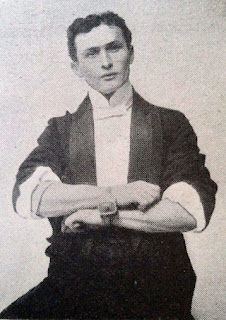

Johnsons Smith's book reprints typically had a catalog section in the back that, in many cases, doubled the overall size of the book, and are as interesting to peruse as the book itself. There is also an article on "Locks, Their Construction How to Pick Them, Lock Breaking," which appears to have been added in later, perhaps in the late 1930's or early 1940's, while the earlier part of the book was written in the early part of the century. Most likely this book was sold merely to satisfy buyer's curiosity, rather than to actually teach them how to be a "Handcuff King and Mystery Man". However, the effect of the Siberian Chain Escape is clearly explained and was worth the price of theīook if one did not know it already. Some of the explanations suffer from an almost humorous lack of details, such as the Crack Marksmen Act, which suggests that, in the effect of disrobing the assistant with a rifle, shooting birdshot at the assistant eliminates all danger. All of the explanations are brief, and suffer from a lack of illustrations. It could be argued that this book is one of many that "tells the reader how something is done, not how to do it". Secrets were sold separately by magic companies as early as the 1920's.

In book form, this seems to be a Johnson Smith original. It was originally published by the Johnson Smith Co., which published a large number of "pulp" reprints of older books in the pre-war years of the 20th century. Lutes and Bertozzi successfully offer a tiny snapshot as a way into a very large life. Several pages of historical notes fill in the details. Houdini himself comes off as a flawed but respectable man, whose principles make him both exceptional at what he does and difficult to be around. Illustrations show him preparing to defeat the handcuffs, and wordless panels ultimately allow readers to witness the escape process in its entirety. As the story opens on May 1, 1908, he is preparing for a handcuffed jump from Harvard Bridge, chafing at badgering reporters and a flock of imitators who are stealing his tricks. Houdini is an insecure man obsessed with fame, but also a faithful and devoted husband. But the authors intimate larger, at times darker themes (true love, arrogance, anti-Semitism) lurking around the outer edges. A single stunt from the sprawling career of the "handcuff king," Harry Houdini ("The man for whom the phrase 'kids, don't try this at home' might well have been invented," reads Glen David Gold's introduction), is the lynchpin of this brief, elegant book.


 0 kommentar(er)
0 kommentar(er)
